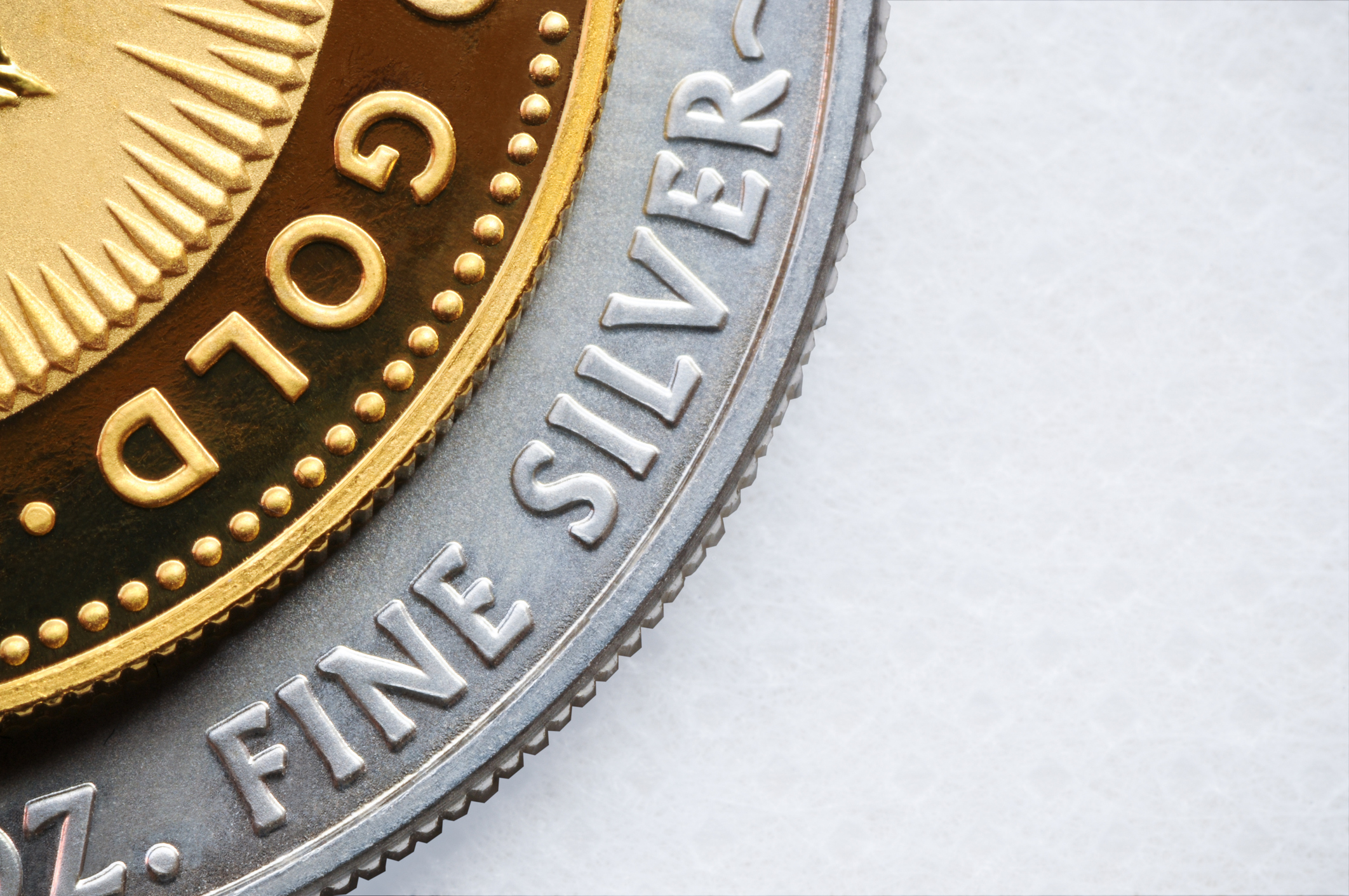A guide to the gold-silver ratio
The gold-silver ratio measures the relative value of gold to silver. But why is the measure useful for investors?


The gold-silver ratio has long been considered an important metric to gauge the best time to invest in precious metals.
If you monitor gold, you’ll know that the yellow metal is usually seen as a stable investment. The gold price had a glittering start to 2025, with investors flocking to the metal as a hedge against inflation.
Central banks are also buying up the commodity due to its diverse use in various industries like nanotechnology and cancer therapy.
MoneyWeek
Subscribe to MoneyWeek today and get your first six magazine issues absolutely FREE

Sign up to Money Morning
Don't miss the latest investment and personal finances news, market analysis, plus money-saving tips with our free twice-daily newsletter
Don't miss the latest investment and personal finances news, market analysis, plus money-saving tips with our free twice-daily newsletter
Silver is traditionally more of a volatile investment, however, the ‘devil’s metal’ gained 21.5% last year and is up around 12% so far in 2025, leaving some investors wondering if now is a good time to invest in silver.
Whether you are new to precious metal investing or want to diversify your portfolio, it’s useful to know the relative value of silver against gold.
It can affect investor sentiment, help understand economic trends, offer a hedge against inflation, and influence your investment strategy.
What is the gold-silver ratio?
The gold-silver ratio compares the price of gold to the price of silver. Essentially, it tells you how many ounces of silver are needed to buy one ounce of gold and it is calculated by dividing the current market price of one ounce of gold by that of one ounce of silver.
The gold-silver ratio is the oldest tracked exchange rate that is still in use, and it is a guidepost for investment decisions, be it inflation, deflation, market crashes, and broader economic trends.
At the time of writing, gold was priced at £2,342.66 per ounce, and silver at £25.53 per ounce, so the gold-silver ratio was 92:1, according to UK bullion dealer Chards. Therefore, gold is currently 92 times more expensive than silver.
The higher the ratio, the more expensive gold is relative to silver. While there’s no definitive benchmark for the ratio, assessing the current gold-silver ratio against its average in recent years can be one factor that investors can use when making an assessment on when to buy or to swap holdings of either metal. Divide the current ratio by the average and you can calculate whether one metal looks too expensive or the other too cheap, based on average performance.
All-time gold-silver ratio
History of the gold-silver ratio
Gold and silver have been precious metals for a long time, and many may be surprised to know that the gold-silver ratio has been measured ever since ancient Roman times. The gold-silver ratio has evolved significantly over the centuries, due to changes in economic conditions, market dynamics and geopolitical events.
Long ago, the ratio between the two metals was set by governments and empires to control currency and coinage. The earliest record available dates back to around 3200 BCE, when ancient Egypt recorded a ratio as low as 2.5:1. The Roman civilisation was one of the earliest to set the ratio, which started at around 8:1, and over the decades, was bumped up to 12:1.
Since then, the value of gold has only risen, as the difficulty of mining and production of the two metals, notably gold, increased its scarcity value.
By the 18th century, most countries had moved away from using silver as common coinage and switched to gold alone. The US government's Coinage Act of 1792, which confirmed the dollar as the US standard currency unit also fixed the gold-silver ratio at 15:1. This ultimately resulted in gold being valued over silver, making the yellow metal more expensive, and causing gold coins to be hoarded and/or exported. The ratio was later adjusted to 16:1 in 1834.
By the 20th century, the ratio had already begun reaching dramatic heights of around 40 ounces of silver for one of gold, and even peaked at nearly 100:1 with the advent of World War II.
If the gold-silver ratio was still based on the availability of the natural supply of the metals it would stand at 15:1– estimates suggest there is roughly 15 times more silver in the Earth’s crust than gold.
But gold has been seen for years as a store of value, a hedge against inflation and the gap between gold and silver is ever mounting.
In April 2020, the gold-silver ratio reached a record 125:1, as a response to the onset of the Covid pandemic. Today, the ratio has dropped from those heights and is now sitting around 92 ounces of silver to one ounce of gold.
Related content
Get the latest financial news, insights and expert analysis from our award-winning MoneyWeek team, to help you understand what really matters when it comes to your finances.

Oojal has a background in consumer journalism and is interested in helping people make the most of their money.
Oojal has an MA in international journalism from Cardiff University, and before joining MoneyWeek, she worked for Look After My Bills, a personal finance website, where she covered guides on household bills and money-saving deals.
Her bylines can be found on Newsquest, Voice.Cymru, DIVA and Sony Music, and she has explored subjects ranging from politics and LGBTQIA+ issues to food and entertainment.
Outside of work, Oojal enjoys travelling, going to the movies and learning Spanish with a little green owl.
-
 MoneyWeek news quiz: How much can you win in Premium Bonds?
MoneyWeek news quiz: How much can you win in Premium Bonds?Quiz Premium Bonds, ChatGPT, and the start of the festive season all made headlines this week. How closely were you following the news?
-
 Salary sacrifice pensions cap: 3.3 million workers to be hit by contribution limits
Salary sacrifice pensions cap: 3.3 million workers to be hit by contribution limitsThe government has revealed further details of its controversial cap on pension contributions through salary sacrifice. Here is how the changes could affect you